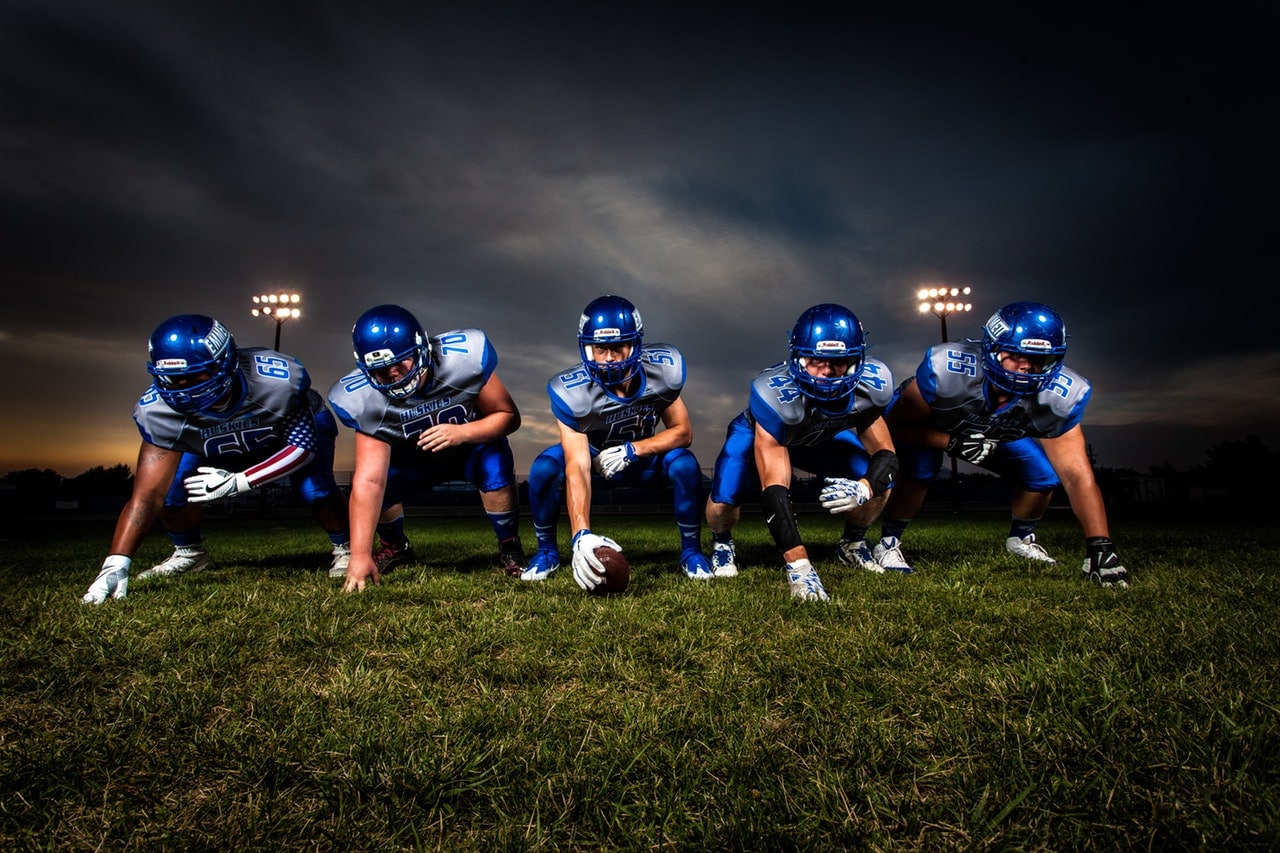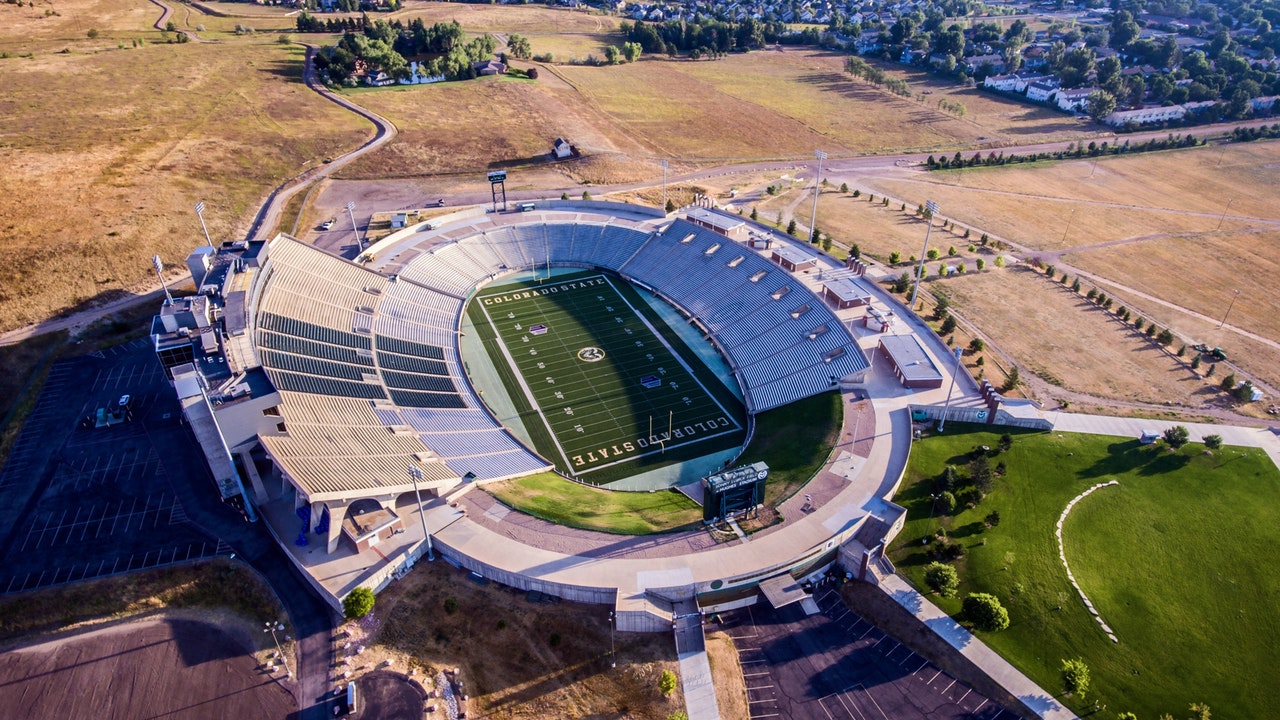Few sports injuries have eluded us as long as concussions. We’ve always known that concussions were potentially harmful, but the more we learn about them, the more harmful they seem to be. Thankfully, we’re entering a new era of awareness and prevention that’s helping us solve the concussion problem once and for all.
IMAGE: PEXELS
The Importance Of Awareness When It Comes To Concussions
The biggest problem we face is limited awareness of what concussions are, how they should be treated, and how frequently they actually occur. A concussion is an immediate trauma-related paralysis of the brain’s nervous function. Usually occurring after a significant blow to the head, or a collision of the head with an unmoving object, the term “concussion” only refers to one of eight different types of traumatic brain injury (TBI).
Concussions have been hard to study in part because of the split between their immediate and secondary effects. The primary injury appears much like any other head injury, and is sometimes very minor in nature. However, secondary injuries can occur hours to days after the initial trauma, and may not be immediately traceable to the initial impact. These secondary effects are responsible for several long-term effects, including brain damage, cognitive defects, biochemical changes in the body, and even psychosocial or behavioral changes.
Until recently, scientists have underestimated both the long-term effects of concussions and their prevalence in common sports. One recent study suggests that about 20 percent of teens have had a concussion at some point. And today, scientists understand that repeated TBIs drastically increase the chances of significant long-term damage.
This increased awareness has several important effects:
- Heavier technological investments. Understanding the true severity and reach of concussions in the United States is inspiring better designs and newer technologies created to prevent or mitigate the severity of concussions.
- Greater observational power. Knowing the importance of secondary symptoms is allowing coaches, parents, and medical professionals to more accurately assess and treat sufferers of TBIs.
- More precautions. With the knowledge that multiple TBIs can lead to serious long-term damage, people who have suffered at least one TBI can exercise more caution, potentially withdrawing from contact sports altogether.
Key Technologies Making Sports Safer
Fortunately, there are several technologies rolling out to make sports safer and improve TBI outcomes:
- Helmets and protective gear. One of the most important developments is the emergence of better helmets, mouth guards, and other protective gear designed to reduce the risk and severity of TBIs. With better materials and a more flexible structure, helmets can now absorb more force than ever before, and move laterally, reducing potential rotational acceleration. They’re akin to modern car bumpers, which are designed to crumple, rather than remaining rigid, to reduce the potential impact felt by internal passengers (or in this case, the brain).
- Diagnostic tools. We’re also seeing the development of new tools that do a better job of determining whether a concussion has actually happened. For example, devices that measure brain wave patterns are now being used to analyze brain activity, rather than using external indicators to make a diagnosis. Faster, more accurate diagnoses mean more responsive treatment and a better understanding of secondary symptoms.
- Though there still isn’t much in the way of direct treatments for concussions, scientists are getting closer to a breakthrough. For now, the most important things to do in response to a concussion are to observe the patient for any further changes and prevent any further head injuries from making the problem any worse. Patients are often prescribed pain medication and are given instructions to rest as much as possible, avoiding physical activities and excessive mental stimulation as well.
Our technology in concussion prevention, recognition, and response still has a long way to go before we can definitively end the threat of concussions among sports players, but the advancements we’ve made so far has already improved thousands of lives. Understanding the severity of concussions, learning to recognize the signs, and taking preemptive measures to reduce their impact are the best things we can collectively do to reduce their impact—and fortunately, we have better technology to help us do it all.
If you are interested in even more technology-related articles and information from us here at Bit Rebels then we have a lot to choose from.


COMMENTS